Outline: Why Your Website is Slow and How to Fix It with These Easy Steps
| Headings | Subheadings |
|---|---|
| Introduction | Importance of Website Speed |
| Common Reasons for Slow Websites | 1. Poor Hosting 2. Large Image Sizes 3. Excessive HTTP Requests 4. Unoptimized Code 5. Too Many Plugins 6. No CDN Usage |
| Fixing Slow Websites | 1. Upgrade Hosting Services 2. Compress Images 3. Minimize HTTP Requests 4. Optimize CSS, JavaScript, and HTML 5. Remove Unnecessary Plugins 6. Implement a CDN |
| How to Test Website Speed | 1. Tools for Testing Website Speed 2. Key Metrics to Monitor 3. Understanding Your Website’s Performance Score |
| SEO Impact of Slow Websites | 1. How Website Speed Affects Rankings 2. Why User Experience Matters 3. Impact on Bounce Rates and Conversions |
| Best Practices for Fast Websites | 1. Regular Performance Audits 2. Optimize for Mobile 3. Lazy Loading of Images 4. Caching Strategies |
| FAQs | – How do I speed up my website for mobile users? – What is the ideal website load time? – Can website speed affect SEO rankings? – How often should I audit my website’s performance? – What are the best free tools to measure website speed? – Why do too many plugins slow down my website? |
Slow website loading screen with tools to improve performance
A slow website can feel like running a marathon with a backpack full of bricks. Not only does it frustrate visitors, but it also lowers your website’s ranking on search engines, reducing the chances of new users discovering your site. Fortunately, the factors slowing down your site are often easy to identify, and with the right steps, they’re also easy to fix.
In this guide, we will explore why websites slow down and, more importantly, the practical solutions to speed things up. So let’s dive in and help you get your site performing at lightning speed!
Importance of Website Speed
Website speed plays a critical role in the success of your online presence. Users expect websites to load within seconds. Research shows that if a website takes more than 3 seconds to load, up to 40% of visitors may abandon it entirely. But why does speed matter so much?
Fast websites provide a better user experience, encourage visitors to explore more pages, and ultimately improve conversion rates—moreover, search engines like Google factor in website speed when determining rankings. A fast site not only keeps users happy but also helps you maintain a competitive edge in the SEO game.
Common Reasons for Slow Websites

Before you can fix your website’s sluggishness, you need to understand what’s dragging it down. Several factors, both on the server and on the website itself, could be responsible for poor performance. Below, we’ll discuss the most common culprits.
Poor Hosting
Your hosting provider is the foundation of your website’s speed. Cheap shared hosting plans may seem like a bargain, but they come at a cost—slow performance. Shared hosting involves multiple websites sharing the same server resources, meaning that when traffic spikes on one site, it can slow down all the others. If your website relies on such a setup, especially during high-traffic periods, slow loading times are inevitable.
Starting Sentence: “A reliable hosting service is crucial to ensuring your website’s speed, but shared hosting can sometimes be the culprit behind the sluggish performance.”
Large Image Sizes
Images are vital to enhancing the visual appeal of your website, but if they’re not properly optimized, they can significantly slow it down. High-resolution images, particularly those over 1MB, can take several seconds to load. When multiple large images are loaded at once, it creates a bottleneck that delays the entire page from appearing.
Starting Sentence: “While large, high-quality images can captivate visitors, they can also be one of the main causes of slow loading times if not optimized.”
Excessive HTTP Requests
Every time a user accesses your website, their browser sends requests to your server for all the content on the page—images, stylesheets, scripts, and more. The more requests, the longer it takes to load everything. Websites with many elements or complex themes often suffer from this issue, as each resource adds to the total load time.
Starting Sentence: “A high number of HTTP requests forces your server to work overtime, leading to longer loading times and a poor user experience.”
Unoptimized Code
Unoptimized code can make your website bulky, increasing the time it takes for pages to load. If your HTML, CSS, and JavaScript contain unnecessary characters, spaces, or comments, they will slow down the page rendering process. Moreover, using multiple external stylesheets or scripts further adds to the delay.
Starting Sentence: “Bloated and unoptimized code is like a cluttered desk—it slows down productivity and prevents your website from operating efficiently.”
Too Many Plugins
If you’re running a WordPress site, plugins can add valuable features and functionality, but too many of them can slow down your site. Each plugin requires server resources to operate, and poorly coded or outdated plugins can create conflicts and cause bottlenecks in performance.
Starting Sentence: “Plugins are handy tools, but having too many of them installed can slow down your website and introduce security vulnerabilities.”
No CDN Usage
A Content Delivery Network (CDN) distributes your website’s content across multiple servers globally, serving users from the server closest to their location. Without a CDN, visitors located far from your main server experience higher latency, which leads to slower load times.
Starting Sentence: “If your website caters to a global audience, not using a CDN could be one of the main reasons why distant users experience slow loading times.”
Fixing Slow Websites
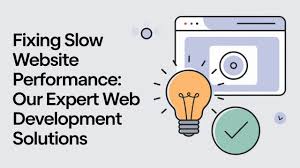
Now that we’ve identified the problems, let’s move on to solutions. Below are proven steps you can take to improve your website’s speed.
Upgrade Hosting Services
The easiest and most effective solution to a slow website is to invest in better hosting. Switching from shared hosting to a VPS (Virtual Private Server) or dedicated hosting can ensure that your site has dedicated resources, improving speed, especially during traffic surges.
Starting Sentence: “One of the most immediate solutions for a slow website is upgrading your hosting to a plan that offers better server performance and resources.”
Compress Images
Image optimization is a quick win when it comes to speeding up your website. Tools like TinyPNG and ImageOptim allow you to reduce the size of your images without sacrificing quality. Additionally, using modern formats like WebP can help compress images even further.
Starting Sentence: “By compressing images, you can significantly reduce the load on your server, leading to faster page rendering and an improved user experience.”
Minimize HTTP Requests
You can reduce the number of HTTP requests by combining CSS and JavaScript files, minimizing images, or using sprite sheets where possible. Consolidating resources means fewer server requests and, consequently, faster loading times.
Starting Sentence: “Reducing HTTP requests is one of the most effective ways to enhance your website’s speed, as it lowers the load on your server.”
Optimize CSS, JavaScript, and HTML
Minifying your website’s code removes unnecessary characters, comments, and whitespace. Tools like CSSNano and UglifyJS can help you minify CSS and JavaScript files, ensuring that your site runs more efficiently. Consider deferring JavaScript loading until after the main content has loaded to further improve speed.
Starting Sentence: “Optimizing your code ensures that your website delivers only the essential content, minimizing load times and creating a smoother experience for users.”
Remove Unnecessary Plugins
Audit your plugins regularly to determine which ones are no longer needed or may be conflicting with others. Keeping only essential, updated plugins reduces the risk of performance bottlenecks.
Starting Sentence: “Regularly pruning your plugin list ensures that your site remains lean, fast, and secure.”
Implement a CDN
A CDN can speed up your site by distributing its content across a global network of servers. Services like Cloudflare or Amazon CloudFront help deliver faster load times to users regardless of their location, while also reducing the load on your origin server.
Starting Sentence: “By implementing a CDN, you ensure that users across the globe experience fast loading times, regardless of their geographic location.”
How to Test Website Speed

To make meaningful improvements to your website’s speed, it’s essential to measure your current performance and monitor the impact of changes.
Tools for Testing Website Speed
Several tools are available to help you test your website’s performance. Google PageSpeed Insights, GTMetrix, and Pingdom are some of the most popular options. These tools analyze your site, provide detailed reports, and offer suggestions for improvement.
Starting Sentence: “To pinpoint exactly what’s slowing down your website, use speed-testing tools that provide actionable insights.”
Key Metrics to Monitor
When testing website speed, focus on metrics like Time to First Byte (TTFB), First Contentful Paint (FCP), and Largest Contentful Paint (LCP). These metrics give you an idea of how quickly your site responds to requests and displays content to users.
Starting Sentence: “Understanding key metrics like Time to First Byte (TTFB) and First Contentful Paint (FCP) will help you gauge how effectively your site delivers content.”
Understanding Your Website’s Performance Score
Tools like Google PageSpeed Insights provide a performance score based on how well your website is optimized. A score between 90 and 100 is considered excellent, but even if you score lower, the report highlights specific areas to improve.
Starting Sentence: “Your website‘s performance score gives you a clear picture of how well it’s performing and where you can make improvements.”
SEO Impact of Slow Websites
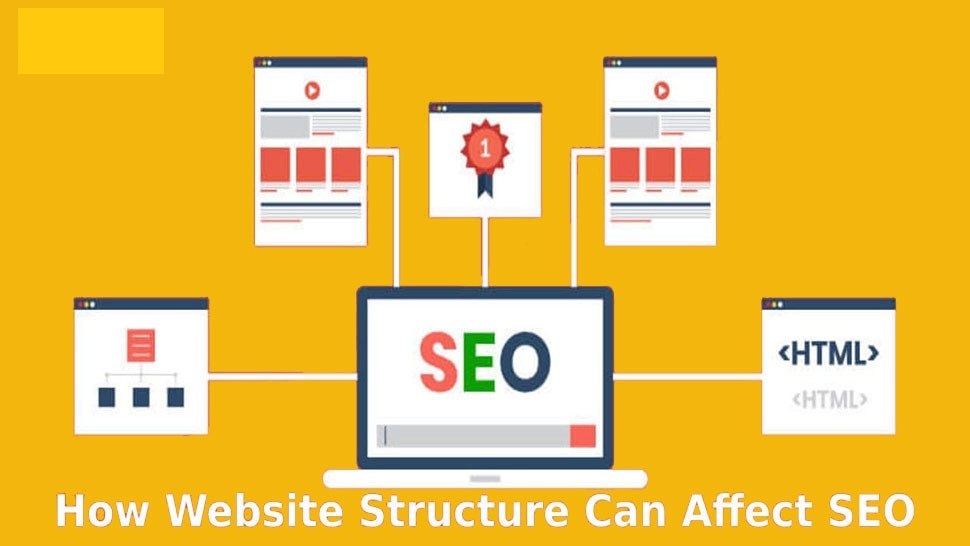
Speed doesn’t just impact user experience—it directly affects your search engine rankings.
How Website Speed Affects Rankings
Google’s algorithm favors fast websites. Slow load times can cause your rankings to drop, making it harder for users to find you organically. If your site consistently performs poorly, search engines might deprioritize it in favor of faster competitors.
Starting Sentence: “Slow websites can struggle to rank well, as search engines prioritize user experience and favor faster websites in search results.”
Why User Experience Matters
A slow website creates a frustrating user experience, causing visitors to abandon your site before they even see your content. This high bounce rate sends a negative signal to Google, which further hurts your ranking.
Starting Sentence: “A fast website ensures a seamless experience, reducing bounce rates and boosting your overall engagement.”
Impact on Bounce Rates and Conversions
Every second delay in your website’s load time can reduce conversions by up to 7%. This means that even minor speed improvements can significantly increase your bottom line.
Starting Sentence: “Improving your website speed can have a direct impact on your bottom line by reducing bounce rates and increasing conversions.”
Best Practices for Fast Websites
Maintaining a fast website requires ongoing effort, but following best practices ensures that your website continues to perform well over time.
Regular Performance Audits
Conduct performance audits regularly to catch any issues before they snowball into bigger problems. Regular testing helps you identify plugins, images, or code that might be dragging down your site.
Starting Sentence: “Routine performance audits help you catch issues early, ensuring that your site continues to run efficiently.”
Optimize for Mobile
Mobile users account for a significant portion of web traffic, so your site must be optimized for mobile devices. This includes responsive design, fast load times, and touch-friendly navigation.
Starting Sentence: “With more users browsing on mobile devices, optimizing your website for mobile speed and performance is essential.”
Lazy Loading of Images
Lazy loading delays the loading of images until the user scrolls down to them. This reduces the initial load time and speeds up the overall page performance, especially on image-heavy pages.
Starting Sentence: “Lazy loading helps improve your website’s speed by ensuring that images load only when they’re needed.”
Caching Strategies
Browser caching stores static elements of your website, such as images, CSS, and JavaScript, in the user’s browser. This allows the website to load faster on return visits since the browser doesn’t need to reload these elements.
Starting Sentence: “Implementing effective caching strategies allows returning visitors to load your site faster by storing static content in their browser.”
Boost Your Website’s Speed for Lasting Results
Improving your website speed isn’t a one-time task—it’s an ongoing process. Whether you upgrade your hosting, optimize images, or streamline your code, each step you take will improve your site’s overall performance. Faster websites enhance user experience, reduce bounce rates, and ultimately lead to higher rankings and conversions. By regularly auditing your site and staying up-to-date with optimization strategies, you can ensure your website continues to deliver excellent results.
FAQs
How do I speed up my website for mobile users?
To improve mobile performance, use responsive design, compress images, and prioritize loading critical content first. You can also test your site using Google’s Mobile-Friendly Test tool.
What is the ideal website load time?
Ideally, your website should load within 2-3 seconds. Anything beyond that risks losing visitors due to slow performance.
Can website speed affect SEO rankings?
Yes, Google uses website speed as a ranking factor. A slow website can negatively impact your SEO efforts and reduce visibility in search results.
How often should I audit my website’s performance?
It’s best to perform a performance audit every few months or after significant changes to your site, such as adding new features or plugins.
What are the best free tools to measure website speed?
Google PageSpeed Insights, GTMetrix, and Pingdom are excellent free tools for measuring website speed and identifying areas for improvement.
Why do too many plugins slow down my website?
Each plugin adds requests to the server, increases the size of your database, and can create conflicts with other plugins, which collectively slow down your site.
#Slow Website, Website Speed, Fix Website Speed,#Slow Website, Website Speed, Fix Website Speed,#Slow Website, Website Speed, Fix Website Speed,#Slow Website, Website Speed, Fix Website Speed,
#Slow Website, Website Speed, Fix Website Speed,#Slow Website, Website Speed, Fix Website Speed,#Slow Website, Website Speed, Fix Website Speed,#Slow Website, Website Speed, Fix Website Speed,


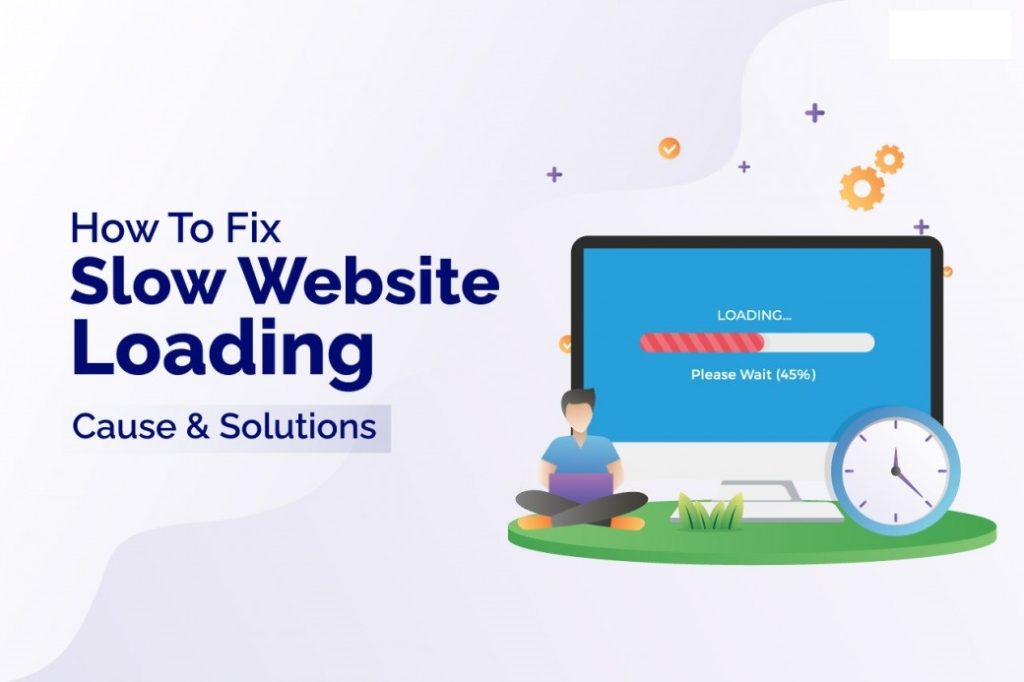

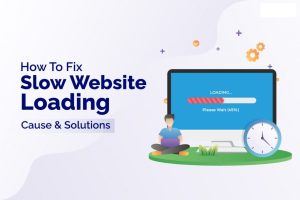


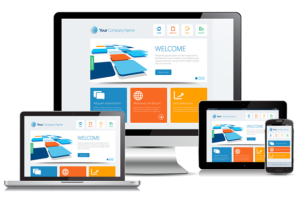


One Response
“Great content, learned a lot from this post!”